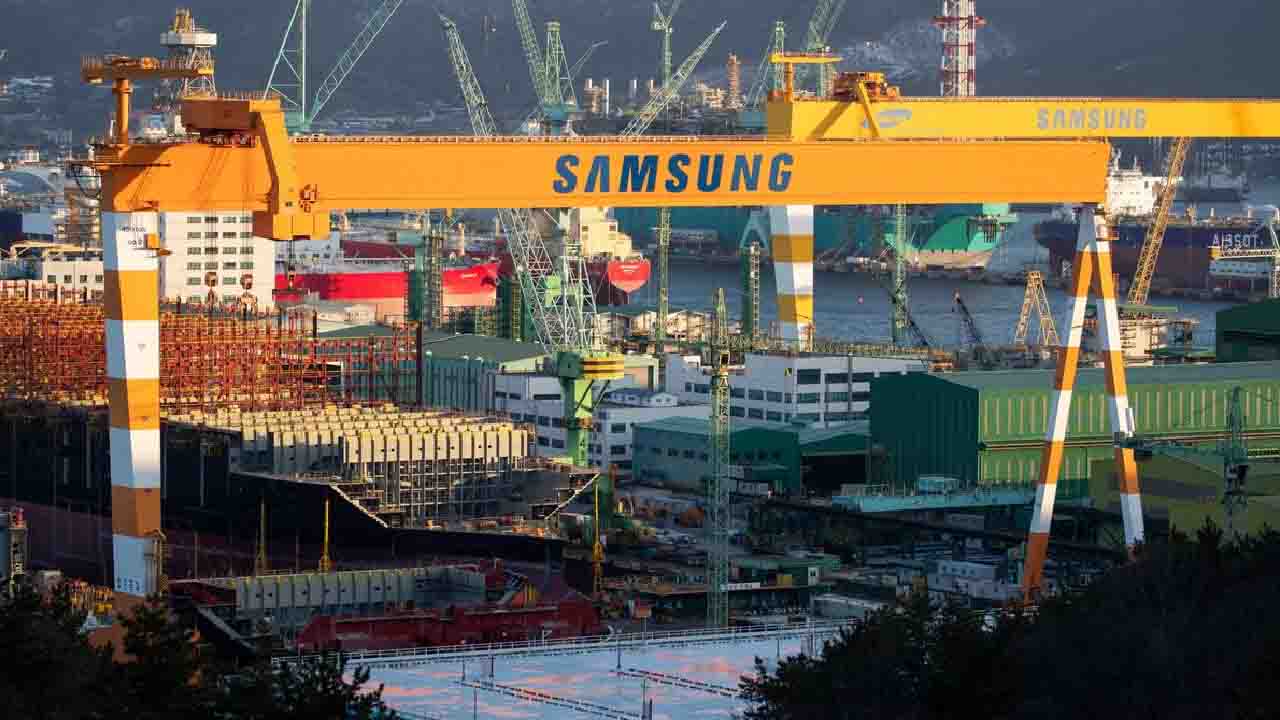(Commonwealth) _ If you thought the recent shipping capacity deficit was intriguing and crucial for the global economy, just wait for the glut. The container shipping industry has been growing rapidly over the past few decades, driven by the expansion of global trade and the increasing popularity of containerization as a means of transport. As a result, there has been a surge in demand for new container ships, which has led to a substantial increase in the order book for new vessels.
According to Drewry, the current order book for container ships stands at over 900 vessels, with a combined carrying capacity equivalent to nearly a quarter of the present global capacity. This means that there will be a significant increase in the number of container ships entering service over the next few years, with the majority scheduled to be delivered between 2023 and 2027.
This increase in container ship production will present a challenge to shipyards in China and South Korea, which are responsible for the majority of new container ship construction. These shipyards will need to ramp up production to meet the growing demand, which could be a difficult task given the current supply chain disruptions and shortages of key materials such as steel and semiconductors.
Another challenge that shipping companies will face is coming up with names for all of the newly named ships. While this may seem like a minor issue, it can be a time-consuming and costly process, as the names of ships are often carefully chosen to reflect the company’s brand image and values.
However, the most significant challenge posed by the increase in container ship production is the potential oversupply of capacity, which could lead to a period of low ocean freight prices. If shipping companies do not act quickly to reduce capacity, they could face significant financial losses as they struggle to fill their vessels and compete on price.
To avoid this scenario, shipping companies may need to consider strategies such as delaying or cancelling vessel orders, scrapping older vessels, and reducing the number of sailings. While these actions may be painful in the short term, they could help to prevent a prolonged period of low freight rates and protect the long-term health of the industry.
The container shipping industry has experienced a significant shift in the supply-demand balance over the past year. In 2020, the industry faced severe disruption due to the COVID-19 pandemic, which led to a shortage of container capacity and a surge in freight rates. However, as the global economy has recovered, the supply of container capacity has caught up with demand, leading to a more balanced market.
One indicator of this shift is the Xeneta Shipping Index, which tracks long-term container rates. The Index for January 2022 revealed a record-high reduction in long-term rates, with a month-over-month loss of 13.3%. This indicates that shipping companies are more willing to negotiate lower rates with their customers as they seek to fill their vessels and maintain market share.
For cargo owners and others who have felt the pain of inflation caused by rising freight charges, this is good news. Lower long-term rates can provide some relief from the high costs of shipping goods around the world, which have contributed to the recent surge in inflation in many countries.
When contract negotiations begin, shippers can use the current market conditions to their advantage by seeking lower rates and more favorable terms from shipping companies. While some shipping companies may resist these efforts, others may be more willing to negotiate in order to secure business and maintain market share.
Overall, the shift in the container shipping market towards a more balanced supply-demand balance is a positive development for the industry and for shippers. Lower long-term rates can provide some relief from the recent surge in inflation and help to support the continued growth of global trade.








